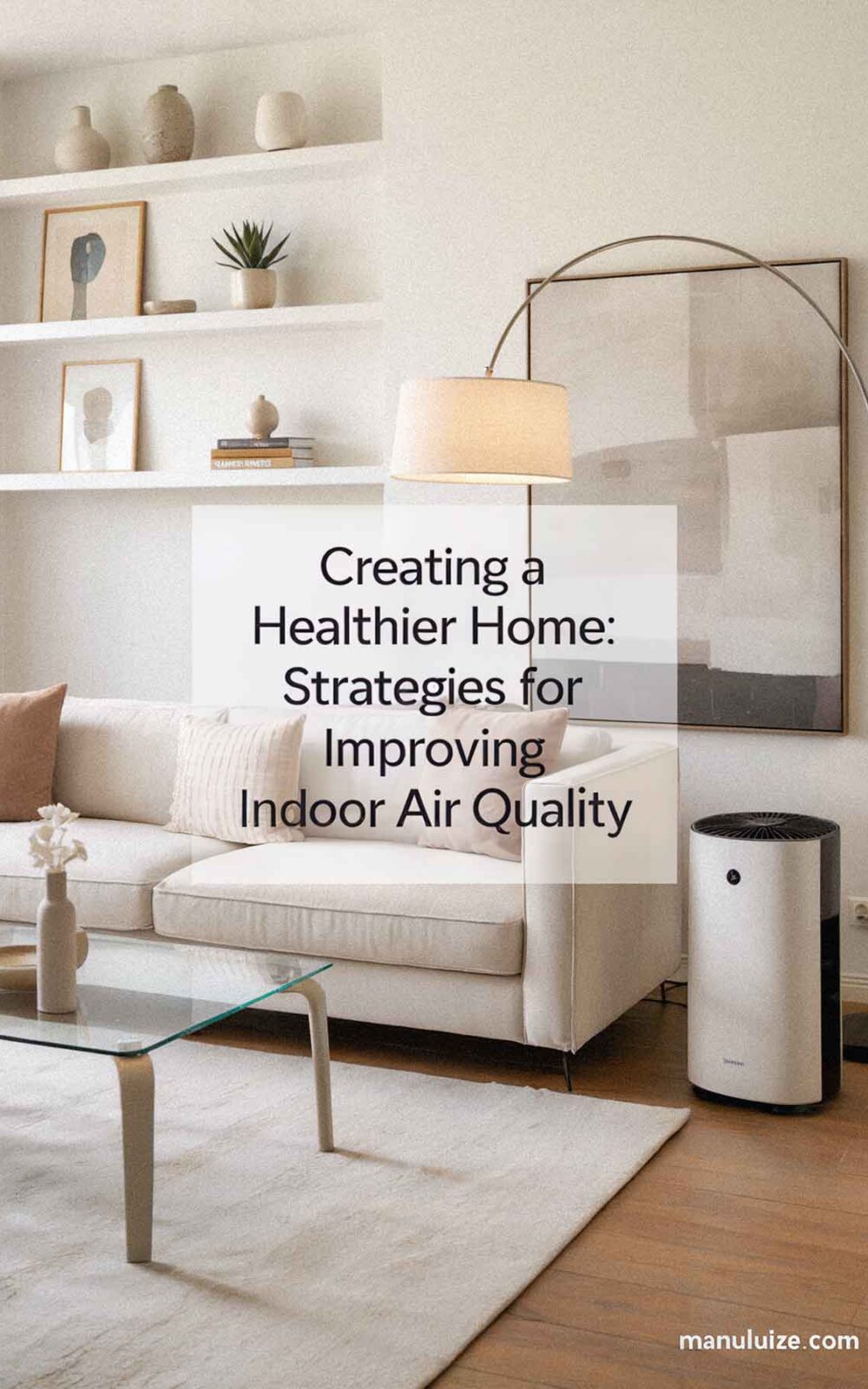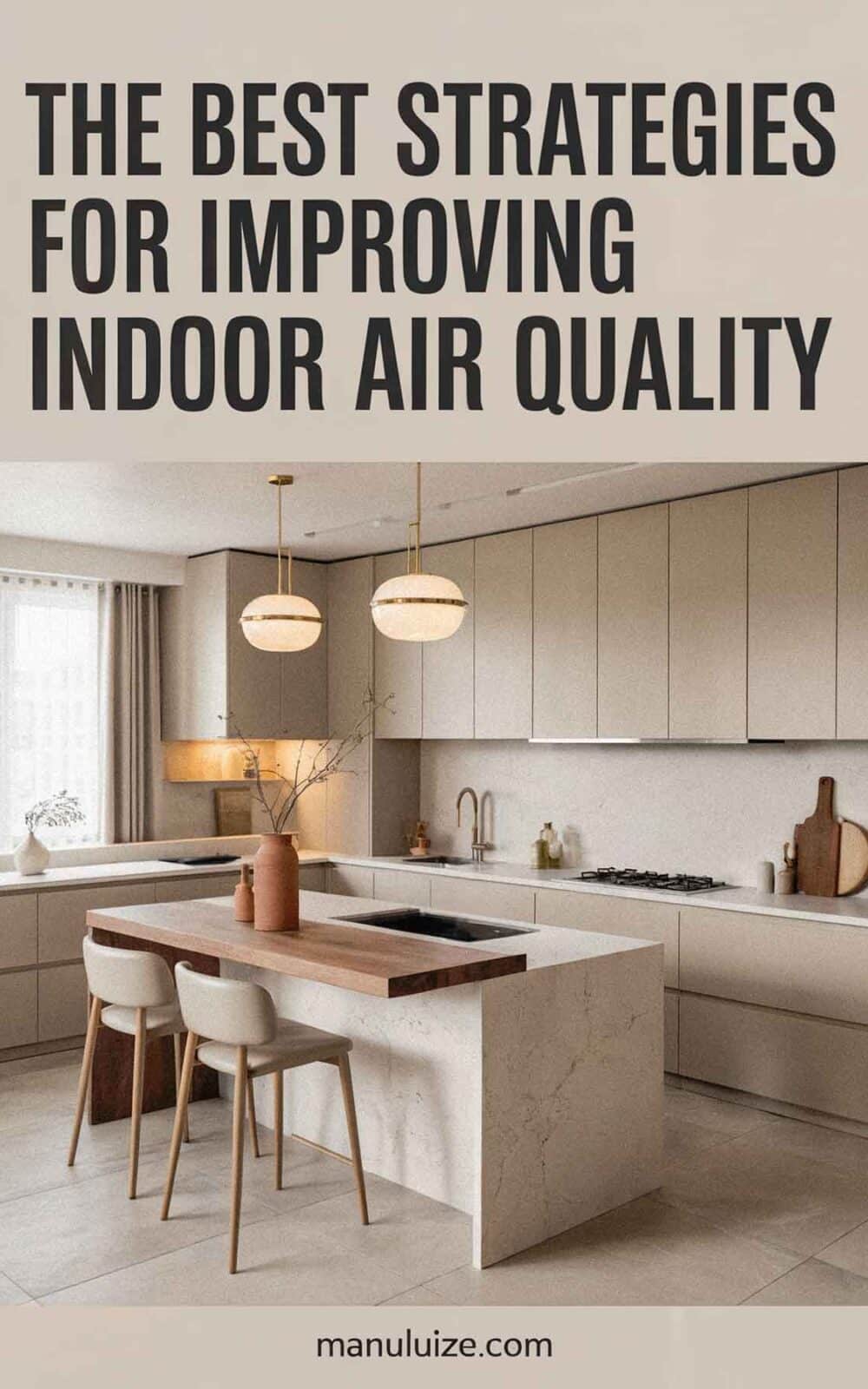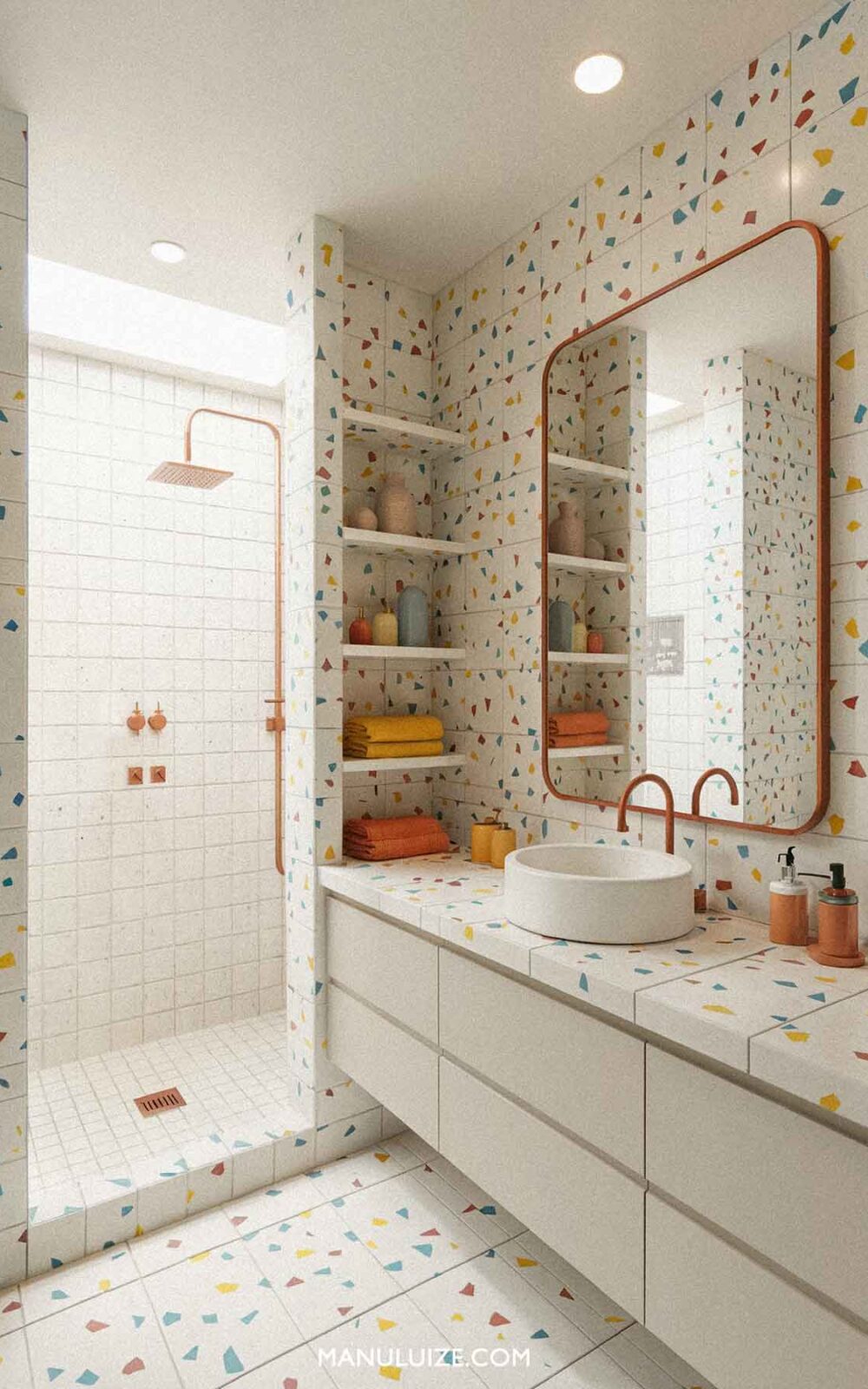The air we breathe inside our homes profoundly affects our health and daily well-being, yet this critical aspect of our living environment often goes unnoticed. Indoor air pollution stems from numerous sources: dust particles that accumulate in corners, pet dander floating through rooms, volatile organic compounds (VOCs) released by cleaning products, and mold spores that can wreak havoc on sensitive respiratory systems. One fundamental element in achieving cleaner air involves maintaining proper humidity levels, and using a humidifier can effectively prevent overly dry conditions, particularly during harsh winter months. This comprehensive guide offers practical, science-backed strategies to transform your home into a healthier sanctuary through smart air quality management.
Understanding Indoor Air Quality: Why It Matters

Indoor air quality (IAQ) describes the condition of air within buildings and how it affects the health and comfort of those who live there. When IAQ suffers, the consequences can range from aggravated allergies and asthma attacks to persistent headaches and serious long-term respiratory complications. The Environmental Protection Agency has found that indoor air often contains two to five times more pollutants than the air outside.
Common culprits include tobacco smoke, emissions from building materials and furniture, cleaning products loaded with harsh chemicals, biological contaminants such as mold and bacteria, and outdoor pollutants like pollen and smog that seep indoors. Recognizing these sources marks the crucial first step toward building a healthier indoor environment for everyone in your household.
Key Strategies to Improve Indoor Air Quality
Source Control: Reducing Pollutants at the Source
Source control stands as the most powerful method for improving IAQ because it tackles pollutant emissions before they can contaminate your indoor air. Rather than simply managing symptoms, this approach addresses root causes directly.
Focus your efforts on completely eliminating tobacco smoke, swapping chemical cleaners for low-VOC or natural alternatives, and controlling moisture levels to prevent mold and mildew from taking hold. VOCs—volatile organic compounds—evaporate at room temperature and can trigger immediate health effects like eye irritation and headaches, while potentially causing more serious long-term health problems.
Ventilation: Bringing in Fresh Air

Effective ventilation serves as your home’s respiratory system, diluting indoor pollutants by drawing in fresh outdoor air while expelling contaminated indoor air. The American Lung Association emphasizes that proper ventilation can dramatically reduce concentrations of harmful indoor pollutants.
Simple ventilation strategies make a real difference: open windows and doors when outdoor air quality is favorable, run exhaust fans in kitchens and bathrooms to eliminate moisture and cooking odors, and consider installing mechanical ventilation systems for consistent air exchange. One Denver family found that opening their windows for just 10 minutes each morning reduced indoor allergen levels by 30% within two weeks.
Air Filtration and Cleaning
Air purifiers equipped with HEPA filters excel at removing 99.97% of particles 0.3 microns or larger, capturing everything from dust and pollen to pet dander. Regular HVAC maintenance and replacing filters every three months keeps your system running efficiently and prevents trapped pollutants from recirculating through your home.
The EPA suggests selecting air purifiers with Clean Air Delivery Rates (CADR) appropriate for your room size and specific pollutant concerns. When mechanical filtration works alongside proper ventilation, you create a comprehensive defense against airborne contaminants.
Managing Humidity for a Healthier Home

Humidity control proves essential for preventing mold growth, keeping dust mite populations in check, and maintaining comfortable breathing conditions. The American Society of Heating, Refrigerating and Air-Conditioning Engineers recommends maintaining indoor humidity between 40-60%.
During dry seasons or in arid climates, humidifiers provide necessary moisture, while dehumidifiers tackle excess humidity in basements or naturally humid regions. A simple hygrometer lets homeowners monitor humidity levels and maintain optimal conditions throughout the year.
Key Takeaway: Balanced humidity protects both your health and your home’s structure and furnishings from damage.
Cleaning and Maintenance Routines
Consistent cleaning routines substantially reduce the buildup of dust, pet dander, and allergens throughout your home. The most effective practices include weekly vacuuming of carpets and upholstery with HEPA-filtered vacuum cleaners, washing bedding in hot water weekly, and keeping clutter to a minimum since it tends to collect dust.
Smart cleaning methods focus on capturing particles rather than simply moving them around. Microfiber cloths trap dust far more effectively than traditional dusting tools, while damp mopping prevents particles from becoming airborne and resettling elsewhere.
Natural Solutions: Plants and Eco-Friendly Choices
Certain indoor plants—including peace lilies, spider plants, and snake plants—can help purify your air by absorbing common pollutants. NASA’s Clean Air Study revealed that plants can remove formaldehyde, benzene, and other harmful compounds from indoor environments.
Keep in mind that overwatered plant soil can become a breeding ground for mold, and some people may experience plant allergies. Choosing eco-friendly cleaning products and low-emission building materials further reduces chemical exposure while maintaining effective cleaning standards.
Building a Healthier Living Environment

Improving indoor air quality demands a comprehensive approach that weaves together source control, adequate ventilation, proper filtration, humidity management, and regular maintenance. Begin by evaluating your home’s specific needs, then implement changes gradually for sustainable, long-term benefits.
Creating a healthier indoor environment represents a valuable investment in your family’s well-being—one that pays dividends through fewer allergy symptoms, better sleep quality, and improved overall health. Small, consistent actions can transform your home into a true sanctuary of clean, breathable air.






